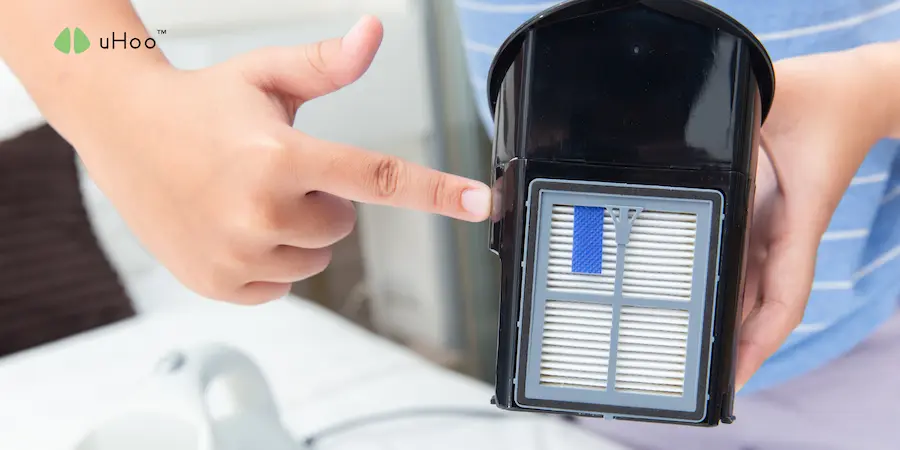HEPA is not just a brand name. It’s a standard. To qualify as true HEPA filters, the filters must be capable of trapping at least 99.97% of airborne particles that are 0.3 micrometers (µm) in diameter. While 0.3 µm might seem like an arbitrary size, it’s considered the most penetrating particle size (MPPS) for filters, meaning particles both larger and smaller than this are actually easier to capture.
This efficiency makes HEPA filters exceptionally effective at removing a wide range of common indoor pollutants, such as:
- Allergens: Pollen, pet dander, dust mite debris, and mold spores are all effectively captured, providing significant relief for allergy and asthma sufferers.
- Dust: Common household dust, often a mix of skin flakes, fabric fibers, and outdoor particles, is trapped, keeping surfaces cleaner and reducing inhaled irritants.
- Smoke Particles: While not removing odors, HEPA filters can capture the fine particulate matter from wildfire smoke, tobacco smoke, or even cooking smoke that can penetrate deep into the lungs.
- Certain Bacteria and Viruses: While primarily designed for particles, some larger bacteria and viruses can also be trapped by HEPA filters, especially when they are attached to larger dust particles.
Why are HEPA Filters Your First Line of Defense?
Think of HEPA filters as highly effective physical barriers against airborne contaminants. Here’s why they’re so crucial:
- Immediate Particle Removal: Unlike source control (removing the pollutant’s origin) or ventilation (diluting pollutants), a HEPA filter actively pulls air through its dense mesh of fibers, trapping particles on the spot. This provides immediate relief from airborne irritants.
- Continuous Protection: When integrated into an air purifier or a home’s HVAC system, HEPA filters work continuously to clean the air, providing ongoing protection as new particles are introduced into the environment.
- Broad Spectrum of Particle Capture: Their high efficiency across various particle sizes means they tackle a wide array of common indoor pollutants that can affect respiratory health and overall well-being.
- Relief for Sensitive Individuals: For those with allergies, asthma, or compromised immune systems, a HEPA filter can significantly reduce exposure to triggers, leading to fewer symptoms and a better quality of life.
- Easy Integration: Standalone HEPA air purifiers are readily available and can be placed in any room, offering targeted air cleaning where it’s needed most. Many modern vacuum cleaners also incorporate HEPA filtration to prevent dust from being recirculated.
While HEPA filters are exceptionally powerful at capturing particulate matter, they don’t address gaseous pollutants like volatile organic compounds (VOCs), carbon monoxide (CO), or carbon dioxide (CO2). For a truly comprehensive understanding and the best defense overall against the full spectrum of indoor air pollution, a uHoo air quality monitor would be the best choice, providing real-time data on all these elements, guiding you to both filter and ventilate effectively.

